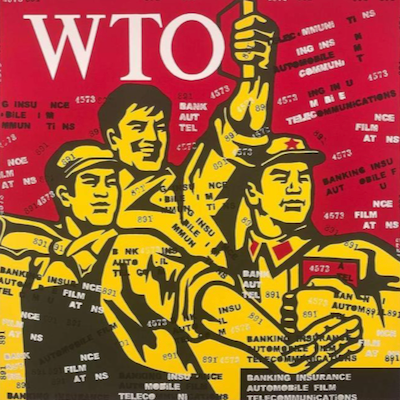Dan Perjovschi uses articles or news reports for inspiration, and as a result, all of his works are a humorous yet bitter observations of reality. The post-communist and post-modernist artist was born the same year the Berlin Wall was built, and to use Perjovschi’s words, he was born “on the wrong side of it.”
« I think I get more, without knowing, from artists I have never met (Saul Steinberg) or from cultures I have never experienced. »
Dan Perjovschi
During communist times, his artistic freedom of speech was restricted to drawings with two interpretations – one for the government, and one for his political commentary. While the other side of the Berlin wall was littered with
graffiti, he drew on the walls of his own, confined apartment. It is
Read More
Dan Perjovschi uses articles or news reports for inspiration, and as a result, all of his works are a humorous yet bitter observations of reality. The post-communist and post-modernist artist was born the same year the Berlin Wall was built, and to use Perjovschi’s words, he was born “on the wrong side of it.”
« I think I get more, without knowing, from artists I have never met (Saul Steinberg) or from cultures I have never experienced. »
Dan Perjovschi
During communist times, his artistic freedom of speech was restricted to drawings with two interpretations – one for the government, and one for his political commentary. While the other side of the Berlin wall was littered with
graffiti, he drew on the walls of his own, confined apartment. It is this constraint from his youth that motivates him to be politically active. As he says, “I will never forget that 1 000 people died so I can speak now.” (
Artist website)
Read Less


















